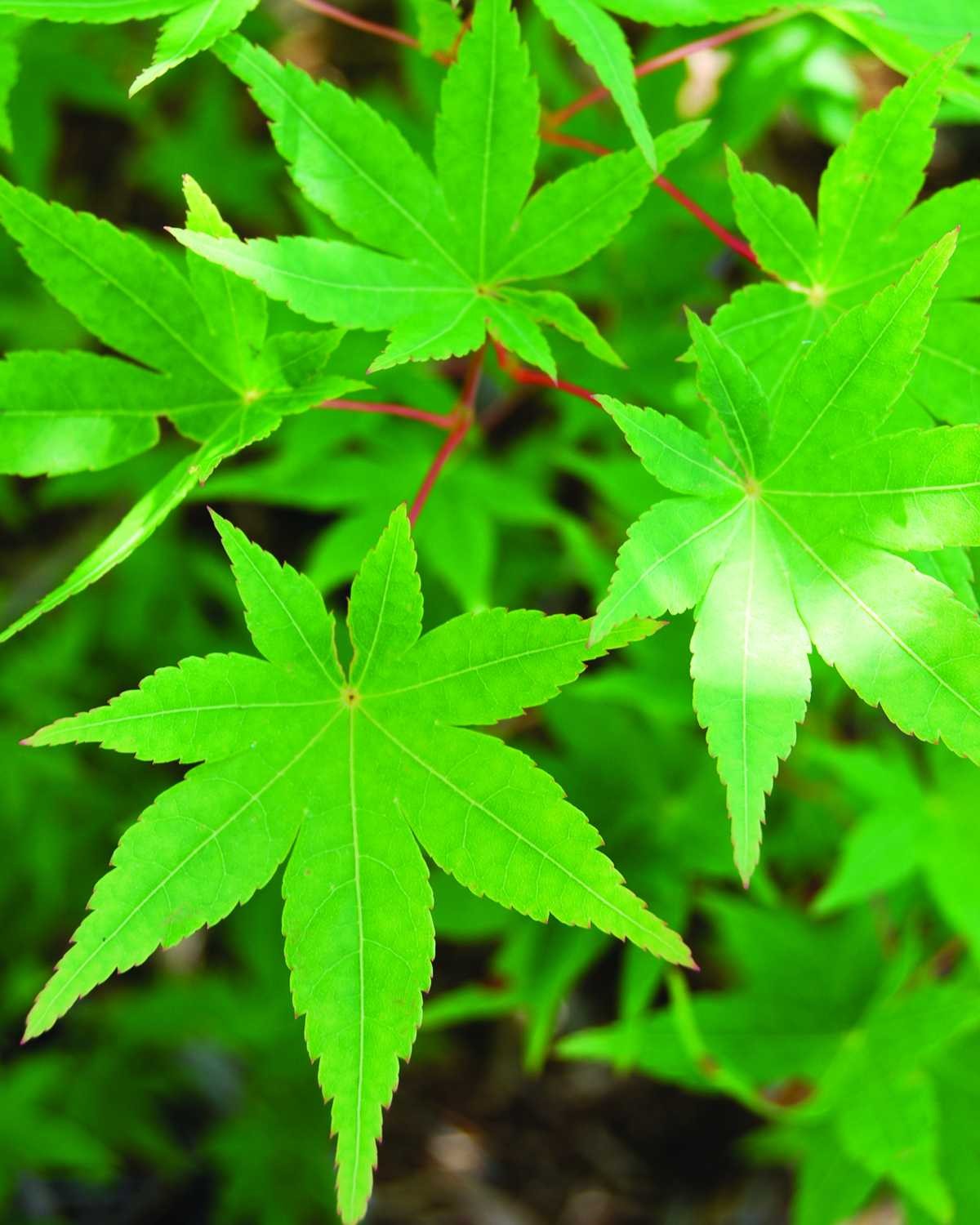
(1.2 – 2.4 m) tall.ĭwarf Japanese maples grow well in containers. Typically, dwarf Japanese maple trees grow between 4 and 8 ft. Dwarf ornamental Japanese maples can be naturally short trees or slow-growing specimens that take years to reach their mature height. Dwarf Japanese Maple Treesĭwarf Japanese maple trees are ideal for small-scale landscaping or growing in containers. There are also species of variegated Japanese maple trees with bi-colored leaves. Japanese maple leaf colors can be deep red, purple-red, bronze, green, golden yellow, and orange. Typically, Japanese maple tree leaves emerge in spring in one color and turn another color in summer before displaying vibrant fall colors.

Compared to Japanese palmate maples, the laceleaf maple varieties have feather, fern-like leaves.Īnother feature of a Japanese maple leaf is its spring, summer, and fall colors. The individual lobes are dissected into smaller lobes. Laceleaf Japanese maples ( Acer palmatum dissectum) have thin, pointed strap-like leaves with long narrow lobes. The leaf shapes on Japanese palmate maples resemble leaves on typical maple trees, only with deeper lobes. Palmate Japanese maples ( Acer palmatum) have broad, serrated leaves with between five and nine lobes. Leaf blades have serrated edges and a pointed tip. The characteristic of a Japanese maple leaf is the deep lobes, numbering between five and nine per leaf. There are two types of Japanese maple leaves: palm-shaped and delicate laceleaf (which is also called cutleaf or threadleaf maples). Japanese maple leaves vary in their shape, color and size
Japanese maple tree how to#
How to Choose the Right Japanese Maple Tree Japanese maple trees thrive in organically rich, well-drained, consistently moist soil. The spectacular Japanese maple leaf colors are more vibrant when grown in part shade.
Japanese maple tree full#
The ornamental Japanese maple trees grow best in full sun to partial shade. It’s easy to grow Japanese maple trees in a garden. The maple leaves are 1.5” to 5” long (4 – 13 cm), and small clusters of flowers form in spring.

(6 – 10 m) however, dwarf Japanese maples reach between 4 and 8 ft. Japanese maples can grow between 20 and 30 ft. Japanese maples are identified by their rounded crown, palmately lobed leaves, and magnificent fall colors. The decorative maple trees are suitable for growing in USDA zones 5 through 9. Japanese maples are deciduous trees and shrubs that lose their leaves in the fall. As their common name suggests, Japanese maples are native to Japan, Asia, and southeast Russia. Japanese maple trees are small flowering trees or large shrubs in the woody plant genus Acer.

Once all danger of frost has passed, transplant it directly into the ground.The ornamental Japanese maple tree provides stunning autumn color to enhance any garden landscape The roots of your new Inaba Shidare Japanese maple should be established by next year.Keep the potting soil moderately moist, but don't let it get soggy. Open the tent to mist the plant with water from a spray bottle twice a day.Place the pot in bright, indirect light.Create a "tent" over the pot with a plastic bag to retain humidity.Make sure the bottom leaf node is down about an inch into the hole. Dip the bottom end of the cutting in rooting hormone.Keep the leaves at the tip of the branch but remove any others that may be on your cutting.The cutting should be about 6 inches long. Choose a branch tip that has three leaf nodes and cut it off below the lowest node. Sterilize your pruners with rubbing alcohol.Fill a 6-inch pot that has drainage holes in the bottom with potting soil, and make a 4-inch-deep hole in the center using a pencil.This gives the new growth that the tree is producing enough time to harden up a bit, yet it is still early enough that this growth isn't too hard. The best time for the job is in late spring.The Spruce Home Improvement Review Board.


 0 kommentar(er)
0 kommentar(er)
